Sodium cyanide is a highly toxic compound that poses significant health risks upon exposure. It can enter the body through a variety of routes, including inhalation, skin contact, or ingestion. Understanding the nature of cyanide poisoning and appropriate treatments is essential for effective management and recovery. This article aims to provide a detailed overview of Sodium cyanide poisoning, its symptoms, and recommended treatment options.
What is Sodium Cyanide?
Sodium cyanide is a white, water-soluble salt used primarily in industrial processes such as gold mining and electroplating. It is also used in certain chemical manufacturing processes. Due to its toxicity, sodium cyanide is classified as a hazardous substance and exposure can lead to serious health consequences, including death.
Toxicity Mechanism
Cyanide works by inhibiting the body's ability to use oxygen. It binds to cytochrome c oxidase, an essential enzyme in the mitochondrial electron transport chain, preventing cells from using oxygen efficiently. This causes cellular hypoxia, which, if not treated promptly, can lead to rapid organ failure and death.
Symptoms of Sodium cyanide poisoning
Symptoms of sodium cyanide poisoning may appear quickly and include:
Respiratory distress: difficulty breathing, shallow breathing, or stopped breathing.
Neurological symptoms: Headache, dizziness, confusion, seizure, or loss of consciousness.
Cardiovascular effects: Rapid heart rate, low blood pressure, or cardiac arrest.
Gastrointestinal symptoms: nausea, vomiting, or abdominal pain.
SKIN AND EYE IRRITATION: Redness, burning sensation or chemical burns upon contact.
Immediate Response to Cyanide Poisoning
If sodium cyanide poisoning is suspected, immediate action must be taken. Here are the steps to follow:
Remove patients from source of exposure: Quickly evacuate patients from the contaminated area to prevent further exposure.
DECONTAMINATION: If the patient has come into contact with sodium cyanide through the skin or eyes, remove all contaminated clothing and flush the affected area with large amounts of water or saline for at least 5 minutes. Make sure to protect your eyes during this process.
Gastric lavage: If sodium cyanide is ingested, gastric lavage should be performed with an oxidant solution (such as 5% sodium thiosulfate or 0.02% potassium permanganate). Gastric lavage should be performed as soon as possible to minimize absorption.
Supportive Care: If the patient exhibits shallow or stopped breathing, provide respiratory stimulants or artificial respiration immediately.
Drug treatment of cyanide poisoning
Once the patient is stabilized, specific medications can be used to counteract the effects of cyanide:
Amyl nitrite: Crush an amyl nitrite capsule in a handkerchief and have the patient inhale the vapor. This is a rapid antidote that converts hemoglobin into methemoglobin, which binds to cyanide and reduces its toxicity.
Sodium nitrite: Sodium nitrite is dissolved in glucose solution, the dose is 6-12 mg/kg, intravenous injection. The injection should be slow, not less than 10 minutes. Closely monitor the patient's blood pressure, because sodium nitrite can cause hypotension. If the blood pressure drops significantly, the medication should be stopped.
Sodium Thiosulfate: After the Sodium nitrite injection, 50% sodium thiosulfate is injected at the same rate. This compound acts as a sulfur donor, facilitating the conversion of cyanide to thiocyanate, which is less toxic and can be excreted through the kidneys. If necessary, the half or full dose can be repeated one hour later.
Observation: For mildly poisoned patients, sodium thiosulfate alone may be sufficient. After initial treatment, the patient must be monitored for 2 to 3 days to ensure that symptoms do not recur.
Important Notes
Overdose Risk: Both sodium nitrite and sodium thiosulfate can cause toxicity if taken in excessive doses. Careful dosing and monitoring are essential to prevent adverse reactions.
Long-term monitoring: After the acute phase of poisoning is under control, the patient should be observed for any delayed symptoms or complications. This includes monitoring for neurological deficits or breathing problems.
Emergency Preparedness: Healthcare facilities should have protocols in place to deal with cyanide poisoning, including the availability of antidotes and trained personnel to respond to such emergencies.
in conclusion
Sodium cyanide poisoning is a medical emergency that requires prompt recognition and treatment. Knowing the symptoms and appropriate responses can significantly improve treatment outcomes for those affected. By following established treatment protocols and ensuring proper decontamination, healthcare providers can effectively manage cyanide poisoning and mitigate its potentially fatal consequences. Always remember that in cases of suspected poisoning, immediate medical attention is critical.
- Random Content
- Hot content
- Hot review content
- Industrial Acetic Acid 99.5% Colorless Liquid Glacial acetic acid
- Anhydrous Ammonia 99% Liquid
- Food Grade Heavy Light Precipitated Calcium Carbonate Powder Granular 99%
- Dodecylbenzenesulfonic acid
- Food Grade Ammonium Sulphate
- butyl vinyl ether
- Sodium Dimethyldithiocarbamate 95% solid, 40% liquid
- 1Discounted Sodium Cyanide (CAS: 143-33-9) for Mining - High Quality & Competitive Pricing
- 2China's New Regulations on Sodium Cyanide Exports and Guidance for International Buyers
- 3Sodium Cyanide 98% CAS 143-33-9 gold dressing agent Essential for Mining and Chemical Industries
- 4International Cyanide(Sodium cyanide) Management Code - Gold Mine Acceptance Standards
- 5China factory Sulfuric Acid 98%
- 6Anhydrous Oxalic acid 99.6% Industrial Grade
- 7Oxalic acid for mining 99.6%
- 1Sodium Cyanide 98% CAS 143-33-9 gold dressing agent Essential for Mining and Chemical Industries
- 2High Quality 99% Purity of Cyanuric chloride ISO 9001:2005 REACH Verified Producer
- 3Zinc chloride ZnCl2 for High Molecular Weight Polymers Initiator
- 4High Purity · Stable Performance · Higher Recovery — sodium cyanide for modern gold leaching
- 5High Quality Sodium Ferrocyanide / Sodium Hexacyanoferr
- 6Gold Ore Dressing Agent Safe Gold Extracting Agent Replace Sodium Cyanide
- 7Sodium Cyanide 98%+ CAS 143-33-9


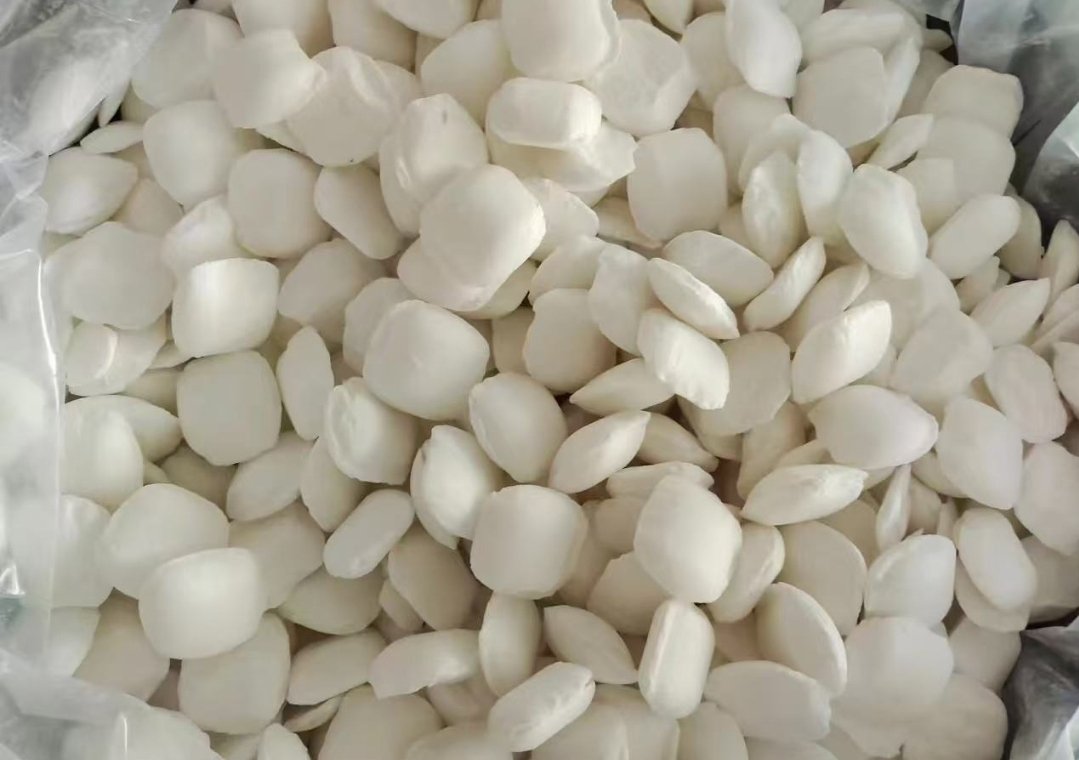
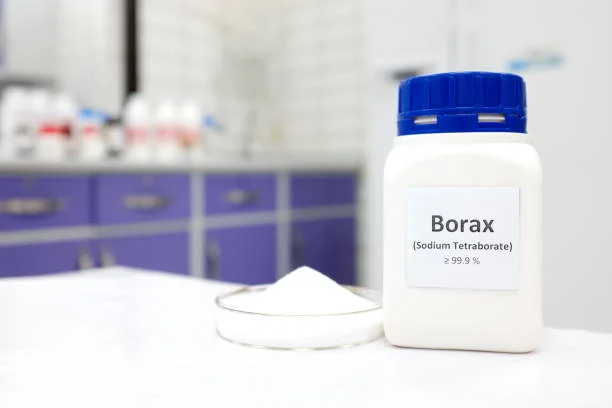
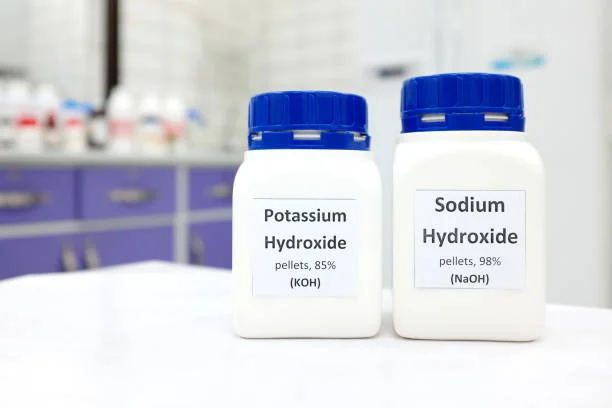
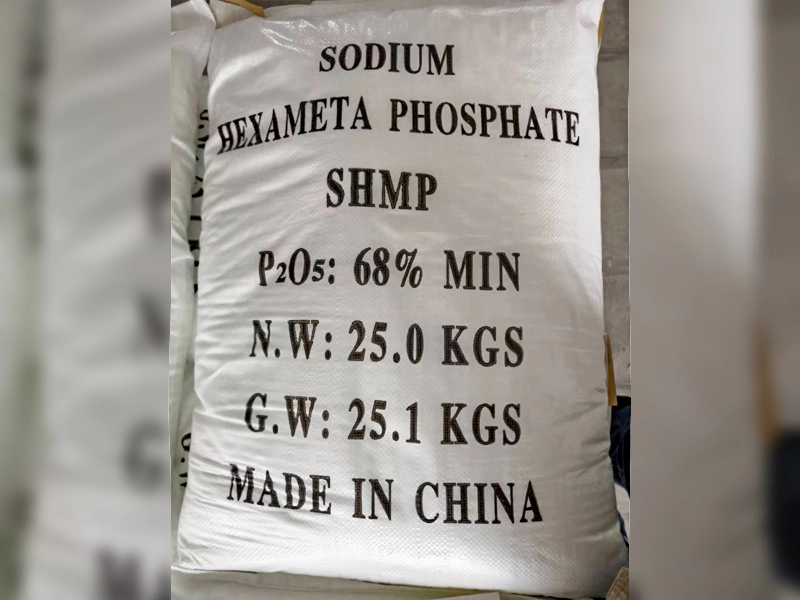


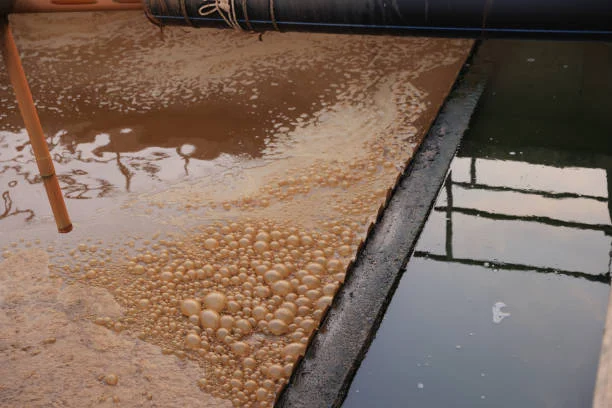


Online message consultation
Add comment: